
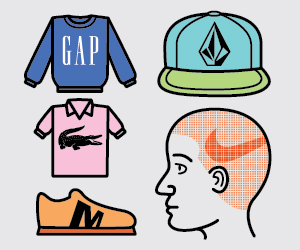
5 Types of Social Media Content Your Audience Really Wants
Why do we follow brands? What’s the point? They’re not our friends. We’re not going to make plans with them on a Friday night or invite them to our birthday parties (though some we would if we could). Why do we let them into a world where we’re sharing and consuming content from the people closest to us?
Social media has provided a unique opportunity for consumers and brands to connect on a level much deeper than that of a monetary transaction. It may sound obvious, but it’s worth noting that historically, a true fan of a brand didn’t have many options for celebrating his fandom. I could watch my favorite show, but I couldn’t get behind-the-scenes content (unless that too was on television). I could purchase a shirt bearing the logo of my favorite team, but if I wore it in a special place (say I climbed Mount Kilimanjaro in it), how would they know? I'd have to mail them a picture, and even if they received it, where would they share it? The relationship was one-way, aside from the moment when I handed over my money and they handed me the product, or when I sat down and tuned in to my show.

Getting the News into “Brand Newsrooms”
Celebrating Oreo’s now-famous twi-jacking (Or is it “twit-jacking?”) of the Super Bowl for the brand’s own milk-and-cookies purposes, the ad business erupted early this year with ecstatic chatter about so-called “brand newsrooms.” While the chatter focused in minute detail on brands and to a lesser extent on rooms, there was virtually nothing about what constitutes news.
Apparently, the ad people peddling brand newsrooms know nothing about news. So the brand newsroom conversation has been ill informed at best and nonsensical the rest of the time.
The focus on news from brands is appropriate and necessary. Brands live in the same digital world as the rest of us. Our world is increasingly dominated by social sharing, driven by content. If a brand wants its stories shared on social platforms – and it does – those stories need to be newsworthy in the most straightforward sense of the term: new and worthy of an audience’s attention. So brands need to master a concept that’s as central to journalism as it is to swapping stories with your neighbor: news value.
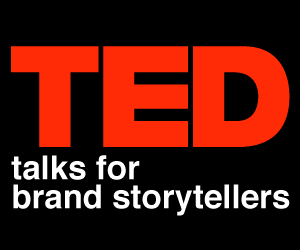
4 TED Talks All Brand Storytellers Must Watch
TED talks are a gold mine of knowledge. Because the TED website’s topics include not only technology, education and design (TED) but also business, science, activism, health, storytelling and everything in between, one can get lost on the site for days.
A number of these short talks (most are around 20 minutes) revolve around storytelling. While they don’t necessarily address brand storytelling, they do offer insights that a brand could apply to its efforts to engage audiences through its brand story. I’ve gathered four talks I found particularly useful, and I’ve included a brand takeaway for each. Enjoy!
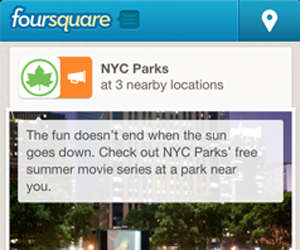
Is Foursquare Becoming the Perfect Local Ad Platform?
Local merchants that’ve ignored location-based check-in platform foursquare have just been handed a serious reason to get on board: Local Updates, the first-ever way for merchants large and small (all one million of them, currently) to communicate directly with their customers on the platform, has arrived. As of today, they’ve even begun testing the waters with Promoted Updates, a way for a business to attract new customers through paid placement (the difference: spots, matched relative to interests and activity, are only seen when you’re actively searching on the Explore tab). This, coming a month into foursquare’s strategic shift in approach—including a rebuilt mobile app (try it out if you’ve written FS off)—means that the newfound focus for the platform as a social-exploration tool is as much about enabling richer user-to-user interactions as about enabling richer business-to-customer and customer-to-business interactions.
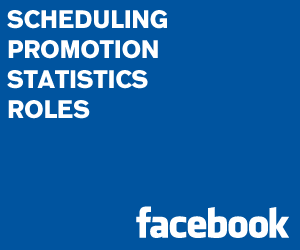
Facebook’s New Admin Features and What They Mean For Brands
In the last few weeks Facebook has rolled out a number of new features that Page Administrators have been clamoring for (at least we at Story have). However, unlike the Timeline rollout that featured a billboard at the top of your page notifying admins of the new features, some of these latest updates have flown under the radar.
As I'm sure you've come to expect, we at Post-Advertising would never leave our readers in the dark. We not only took an in-depth look at the new features, but discussed what they mean for community managers and how they can be effectively implemented (or avoided).
Here’s a breakdown of the newest features and what they mean for your brand.
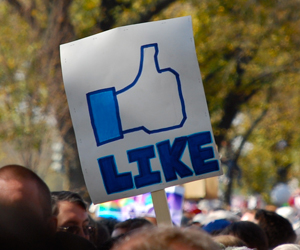
Why There’s More to Facebook Pages than ‘Likes’
The most successful brands on Facebook Pages aren't the ones you'd think. If I told you that Coca-Cola’s Facebook Page has an engagement rate of less than one percent, would you believe me? Well, it’s true. After calculating the ratio of Coke’s total Likes to total engagement (“Talking About This”), the Page clocks in at a meager score of 0.7%.
But this is not unusually low for Facebook Pages; in fact, it’s quite average. Most brands are very successful in generating Likes but fail to keep their fans talking. When it comes to real success for a brand on Facebook, in the end, engagement numbers mean a lot more than total Likes—a number that often speaks more to the size of the brand’s media buy and not to the quality of their content. As such, Talking About This is actually a far more valuable metric and tool than total Likes are. Here’s why.

Is Your Antiquated Legal Department a Brand Killer?
Additional reporting by Luke Dringoli and Jon Thomas.
We’ve all seen it before: Marketers create an innovative social media campaign only to have it squashed by the legal department into a bland, lifeless lump of the original idea. Sadly, many archaic legal departments are wary of social media at best and digitally illiterate at worst. Their fear of embracing these tools can be a barrier for brands that want to interact with their audiences in authentic, transparent and engaging ways. But that doesn’t mean brands shouldn’t sacrifice creativity (or throw out their old-school legal department) just yet.
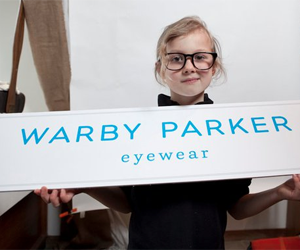
Crowdsourced! Eight Ways to Involve Your Most Important Allies
Brand-hatched crowdsourcing is nothing new. But constructive crowdsourcing with usable output? Crowdsourcing that evokes a palpable sense of togetherness? That’s new. Steps being taken by nimble branders like Warby Parker and Betabrand to engage (and we mean really engage) fans and enthrall newcomers will soon become tomorrow’s staples for sourcing success.
Want in on the unique new ways brands can use advanced crowdsourcing to engage followers? Read on. Each of the eight ideas we’ve carefully chosen has the potential to send your engagement numbers through the roof, as long as requests are within reason and rewards are provided.
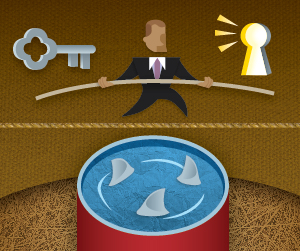
Balancing Privacy and Transparency in Social Media
This post originally appeared in our December issue of "Live Report from the Future of Marketing," our monthly Post-Advertising newsletter. Subscribe for free here.
The art of tightrope walking is one of those feats whose objective is simple but accomplishing it is not: The walker must travel from one end of the tightrope to the other without falling off. All of us at some point in our lives have tried a version of this, usually on the curb of a sidewalk, and have quickly realized that it’s not as easy as it looks. It takes balance and concentration to keep from falling. Make it a high wire and the difficulty increases exponentially: Failure now has much more dire consequences.

